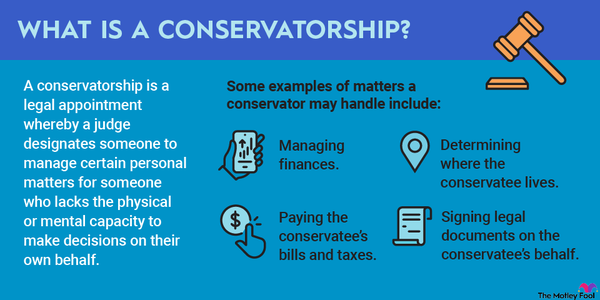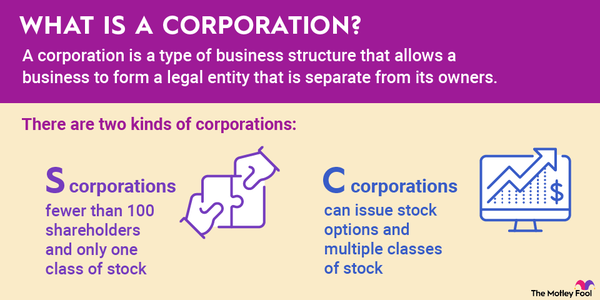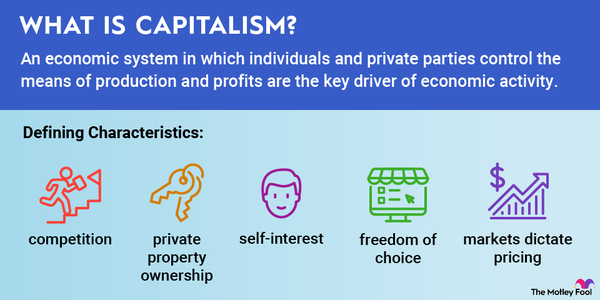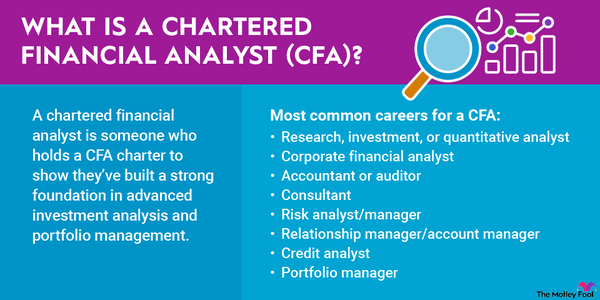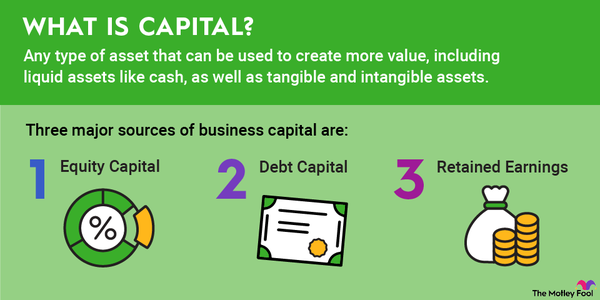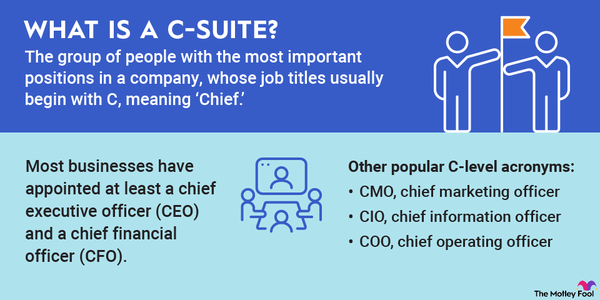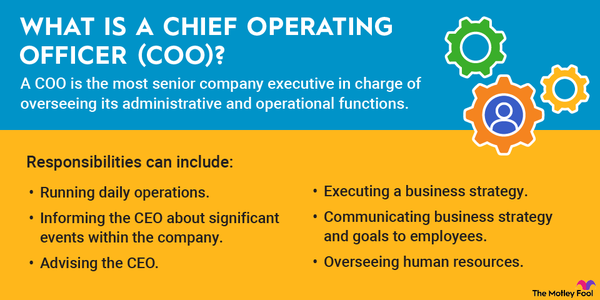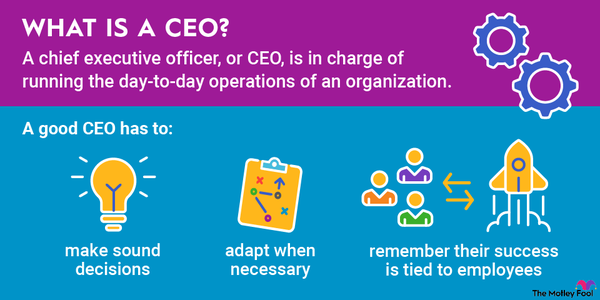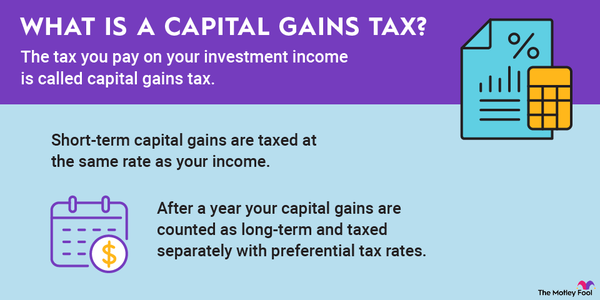Capital recycling or asset recycling is a business investment and funding strategy. Companies will sell non-core, lower-returning assets and reinvest or recycle that capital into higher-returning opportunities. Capital recycling enables companies to improve their investment returns and limit their need for outside capital to finance their expansion.

Understanding capital recycling
Understanding capital recycling
Capital is a finite resource. Companies and governments have limited cash, borrowing capacity, and other funding sources to finance their expansions or new projects. Many companies in more capital-intensive industries, like real estate, energy, and infrastructure, will employ capital recycling strategies to help stretch limited resources.
Capital recycling is a two-part strategy. Companies sell non-core or lower-returning assets for cash. Then, they identify and redeploy the proceeds into higher-returning new investments, like an expansion project or acquisition.
By recycling capital, companies can reduce the need to borrow money (which can weigh on their balance sheet) or issue more stock (which causes share dilution) to fund their growth. This lower-risk funding strategy can yield higher per-share earnings growth.
Why companies use capital recycling
Why companies use capital recycling
Companies have many ways to fund their operations and expansions. They can borrow money from a bank or investors, sell stock, use retained earnings, or sell other assets. Each option has its benefits and drawbacks. Companies must weigh each alternative to determine the best option for their situation.
Many companies in capital-intensive industries will use recurring capital recycling as part of their funding strategy. For example, many real estate investment trusts (REITs) routinely sell older properties in less desirable markets to fund new property developments or acquisitions in faster-growing markets. This strategy enables REITs to increase their investment returns while reducing the need to sell stock and issue new debt to fund those new investments.
What are the pros and cons of capital recycling?
What are the pros and cons of capital recycling?
Capital recycling has many benefits. It allows companies to cash in on the value of an asset. It limits the need to sell stock, which dilutes existing shareholders. Asset recycling also reduces the need to issue more debt to fund a new investment. The strategy can allow a company to increase its investment returns by rotating out of a lower-return asset into a higher-return one.
However, asset recycling also has some drawbacks. Selling assets can trigger capital gains taxes. Capital recycling can also cause a near-term drag on a company's earnings between the time it sells an asset and the new investment starts generating a return. Companies also face the potential risk that the new investment won't deliver a higher return than the asset they sold.
An example of capital recycling in action
An example of capital recycling in action
Many companies use a capital recycling strategy to fund their growth and enhance their returns. Asset recycling is vital to Brookfield Infrastructure's (BIPC 0.09%)(BIP -0.09%) business strategy. The global infrastructure company will acquire high-quality assets on a value basis, enhance its operations, and sell mature assets to fund new investments. It then repeats the cycle.
For example, in 2024, Brookfield Infrastructure aimed to generate $2 billion in cash through capital recycling. By the end of the first quarter, it had secured $1.2 billion of asset sales, including selling the fiber platform within its French Telecom Infrastructure business at a strong return.
Related investing topics
The company is recycling that capital into several new investments. Brookfield Infrastructure bought an additional 10% interest in its Brazilian rail and logistics provider for $365 million, a more than 20% discount to its view of fair value. Brookfield also agreed to buy a portfolio of telecom towers in India for $150 million.
The company's capital recycling strategy enhances its ability to grow its funds from operations (FFO) per share. Historically, Brookfield Infrastructure has organically grown its FFO per share at a mid- to high-single-digit annual rate. With the added boost from capital recycling, it has delivered a double-digit annual FFO per share growth rate.







